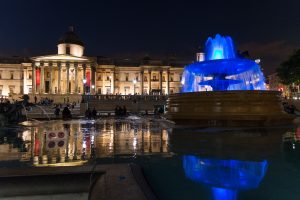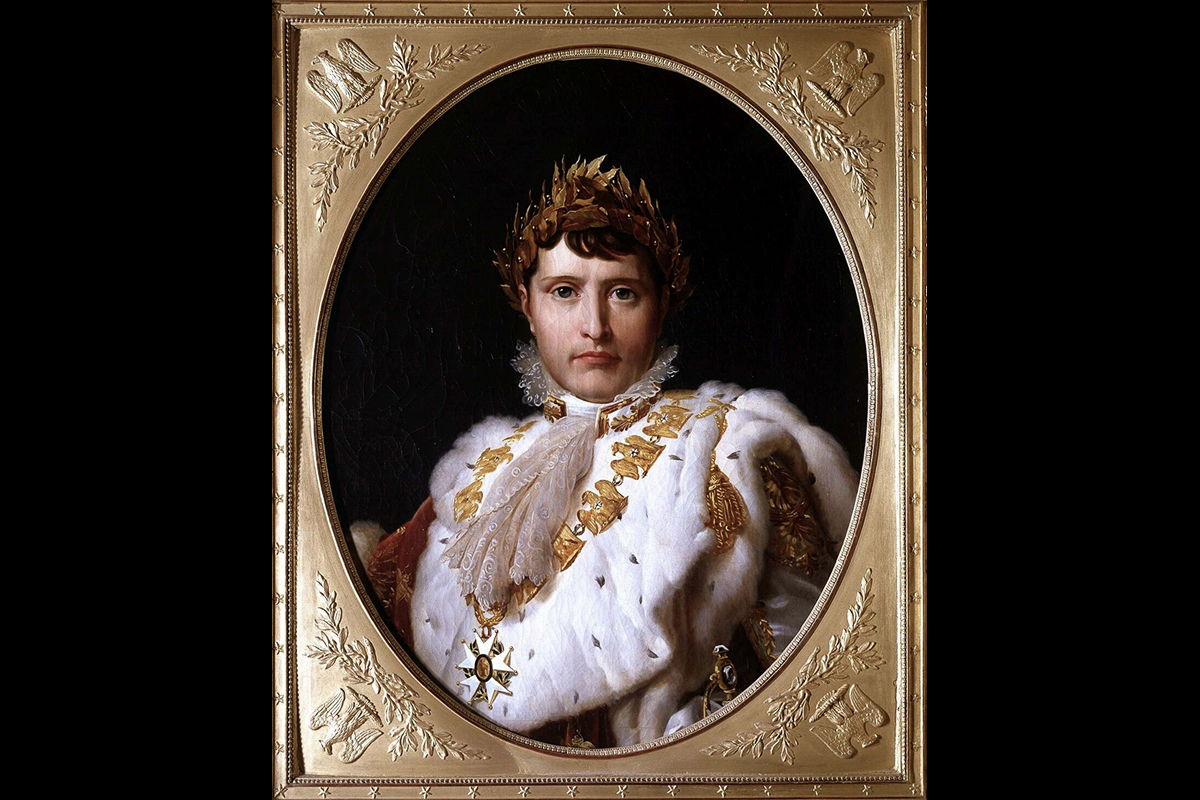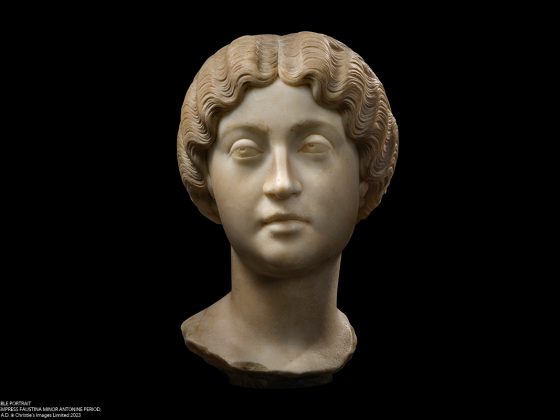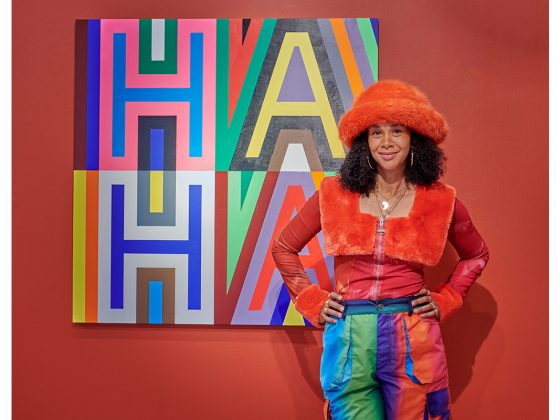To celebrate its 30th edition, La Biennale Paris will welcome in its heart a selection of iconic pieces from the exceptional imperial collection assembled by Pierre-Jean Chalençon.
PIERRE-JEAN CHALENÇON, A FLAMBOYANT AND PASSIONATE COLLECTOR
It is fair to say that he has earned his nickname “Emperor” at Drouot and Christie’s from his strong aura and assumed self-derision. He carefully cultivates an offbeat appearance and does not hesitate to exhibit on his finger the ring of coronation and on his neck the stamp pendant of King Jerome, Napoleon’s youngest brother

AN OUTSTANDING COLLECTION
Fascinated by Napoleon since his early childhood, he acquired the very first piece in his collection during his adolescence, an autograph letter from the Emperor. Many other purchases ensued. Today, this patiently assembled collection counts around 1,200 objects and is one of the most important Napoleonic collections in the world. Endowed with museum-quality pieces intimately connected to the figure of Napoleon such as his portrait as the First Consul by Baron Gros or one of the two hats her wore in 1809 during the Battle of Essling, this collection also attempts to touch upon the Emperor’s relatives: from Josephine to Marie-Louise, from the Bonaparte family to eminent marshals, the entire imperial elite is celebrated by Pierre-Jean Chalençon’s passion.

TRAVELLING TREASURES
Exhibited all over the world, from Australia to China to the United States, the treasures of the Chalençon collection have already been admired by nearly 4 million people. Since 2015, they are exposed at the Palais Vivienne (2nd arrondissement, Paris), an extravagant mansion which welcomed the artistic elite and Parisian intelligentsia during the eighteenth century, from Voltaire to Mozart, and in the nineteenth century, from Flaubert to Victor Hugo
THE EMPEROR’S GOBLET AND CUTLERY BY BIENNAIS
Very rare cutlery belonging to the Emperor with the Imperial coat of arms and a wine goblet with a gilded interior made by Martin – Guillaume Biennais, seized from Napoleon’s carriage on the evening of 18 June 1815 at the Battle of Waterloo. At the Imperial court the arts of the table were as important as painting, sculpture, architecture and literature.
PLATE WITH NAPOLEON I’S COAT OF ARMS
Silver plate with the Emperor’s coat of arms, part of Napoleon’s dinner service at Waterloo, which was seized by the Prussians, led by Blücher, on 18 June 1815 at the farm of La Belle Alliance. The French headquarters always contained a dinner service so as not to interrupt the sovereign’s regular habits
La Biennale Paris
Grand Palais
Avenue Winston Churchill,
8th arrondissement, Paris, France















